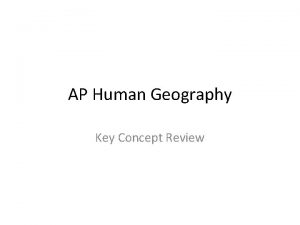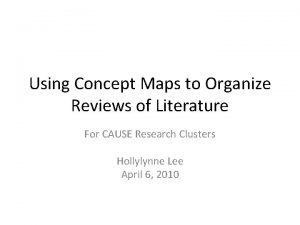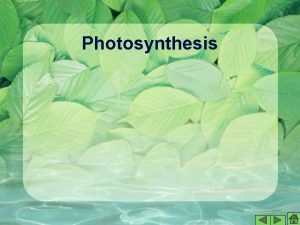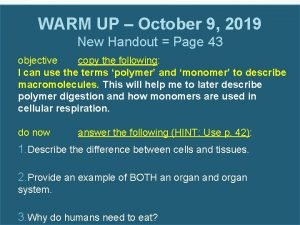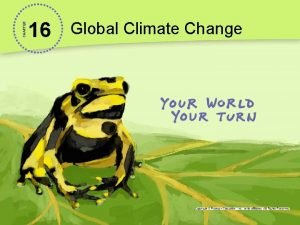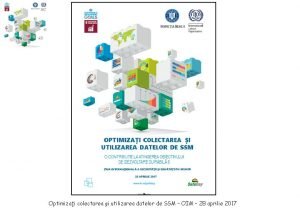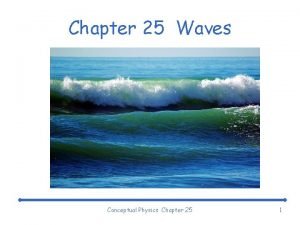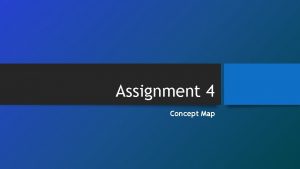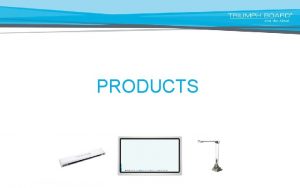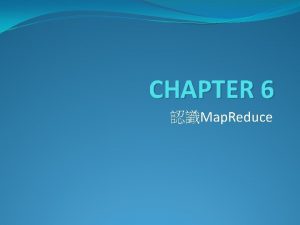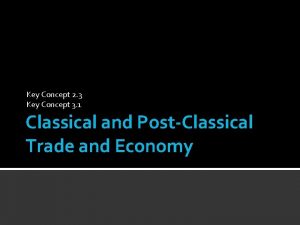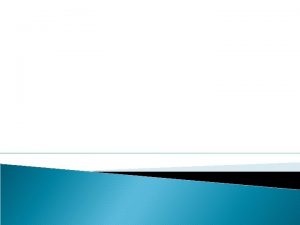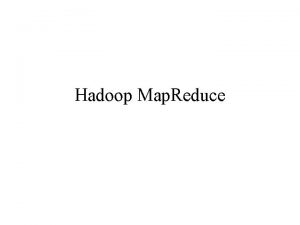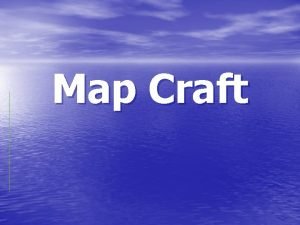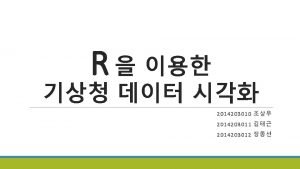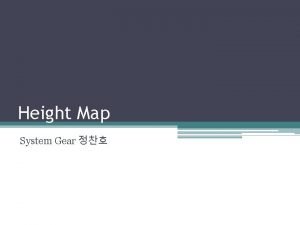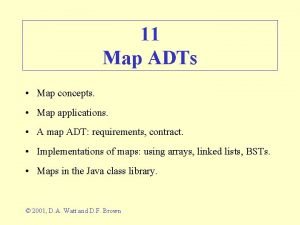Key Concept Summary Interactive Concept Map Chapter Review















- Slides: 15

Key Concept Summary Interactive Concept Map Chapter Review Standardized Test Practice

The theory of plate tectonics states that Earth’s lithosphere is broken up into rigid plates that move over Earth’s surface.

Lesson 1: The Continental Drift Hypothesis • The puzzle piece fit of continents, fossil evidence, climate, rocks, and mountain ranges supports the hypothesis of continental drift. • Scientists were skeptical of continental drift because Wegener could not explain the mechanism for movement.

Lesson 2: Development of a Theory • Seafloor spreading provides a mechanism for continental drift. • Seafloor spreading occurs at mid-ocean ridges. • Evidence of magnetic reversal in rock, thermal energy trends, and the discovery of seafloor spreading all contributed to the development of theory of plate tectonics.

Lesson 3: Theory of Plate Tectonics • Types of plate boundaries, the location of earthquakes, volcanoes, and mountain ranges, and satellite measurement of plate motion support theory of plate tectonics. • Mantle convection, ridge push, and slab pull are the forces that cause plate motion. Radioactivity in the mantle and thermal energy from the core produce the energy for convection.

Which of these have been found on several continents separated by oceans, suggesting that they were once geographically closer together? A. animals B. ice sheets C. plant fossils D. plate boundaries

Which of these refers to the process by which new oceanic crust forms along a mid-ocean ridge as older oceanic crust moves away from the ridge? A. continental drift B. plate tectonics C. seafloor spreading D. magnetic reversal

What is the rigid outermost layer of Earth called? A. mantle B. lithosphere C. plate D. transform plate boundary

What forms where two plates slide past each other? A. transform plate boundary B. divergent plate boundary C. convergent plate boundary D. semiplastic mantle

What is the process in which a denser plate sinks below a more buoyant plate? A. seafloor spreading B. convergence C. convection D. subduction

What is the name of the supercontinent that all continents were once part of? A. Wegener B. Pangaea C. mantle D. seafloor

Where did scientists find glacial features that are usually associated with cooler climates? A. Antarctica B. plate boundaries C. mountain ranges D. Africa

Which term refers to vast mountain ranges on the seafloor? A. volcanoes B. oceanic crust C. pillow lava D. mid-ocean ridges

Which of these states that Earth’s surface is made of rigid slabs of rock that move with respect to one another? A. theory of plate tectonics B. theory of mid-ocean ridges C. theory of divergent plate boundaries D. theory of transform plate boundaries

What is the name for the force that pulls on the rest of a plate as part of a dense plate sinks? A. ridge push B. basal drag C. slab pull D. plate tectonics
 Chapter review motion part a vocabulary review answer key
Chapter review motion part a vocabulary review answer key Describing motion section 1 answer key
Describing motion section 1 answer key Space-time prism ap human geography
Space-time prism ap human geography Literature review concept map
Literature review concept map Minerals concept map
Minerals concept map Key concept builder lesson 1 what are waves answer key
Key concept builder lesson 1 what are waves answer key Types of rocks concept map
Types of rocks concept map Photosynthesis concept map answer key
Photosynthesis concept map answer key Macromolecule concept map answer key
Macromolecule concept map answer key Example of business model canvas
Example of business model canvas Business model canvas tripadvisor
Business model canvas tripadvisor Stfc interactive map
Stfc interactive map World map if all ice melted interactive
World map if all ice melted interactive Triangular trade interactive map
Triangular trade interactive map Stfc interactive map
Stfc interactive map Bow wave aircraft
Bow wave aircraft


